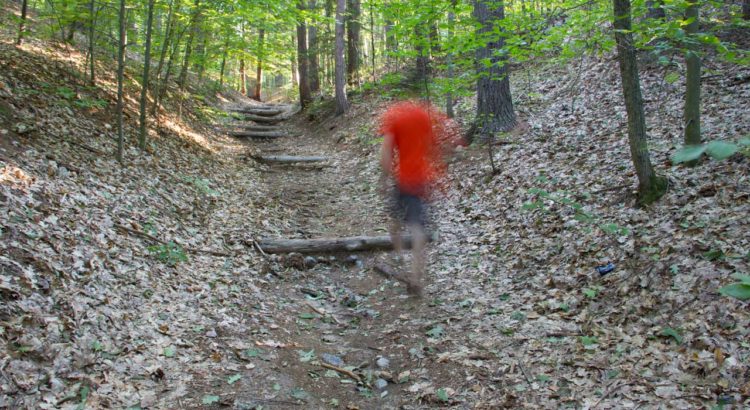I spent my last full week of Discover the Power of Parks season in a funk; no one was around during the week to make animal masks or to play my Leave No Trace obstacle course. The weekend did get a bit busier, but it was chilly so people mostly wanted to spend time at their fire rings instead of looking for macro-invertebrates at Beaver Pond. Even the staff was starting to talk about their plans once the park closed for the season. It was definitely Fall at Greenfield State Park. However, as I began preparing material for Outreach Season (where I do nature programs in Jaffrey, Keene, Peterborough and other local towns) I’m beginning to see a lot of potential as a naturalist for still visiting Greenfield to see the wonders of the new season.
The most obvious: witnessing the leaves changing color. Throughout the campgrounds there are tall oaks, maples and beeches that are slowing sugar production and losing their chlorophyll, letting secondary pigments such as carotenoids, xanthopylls, and anthocyanins throw out the red, orange, yellow, and brown hues we all love so much. It seems like the maples are starting the show off right now with beech reluctantly starting to follow. As artists and naturalists, we can take advantage of leaves dropping.
During the summer, I did a Tree Guide craft with day-use visitors at Picnic Beach. Now is an even better time to make one. It’s fairly simple. You make a booklet with about three half-pieces of paper and one extra for a cover. Then you get to explore the local area! Find as many different types of leaves as you can on the ground. This is important because you don’t want to damage the trees by picking the last productive leaves. Plus, the colors of the fallen leaves are much better!
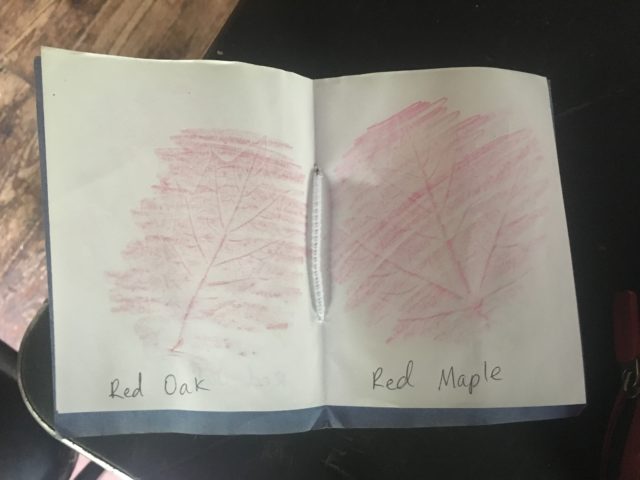
Then you make a leaf rubbing! You place the leaf under the page you want it to show up on and, using your favorite color, scribble a crayon over that page. Soon, the veins and outline of the leaf will show up! It’s almost like magic.
But what kind of naturalist would we be if we didn’t identify our leaves? I recommend getting a good tree guide. But I can also help you start to learn the basic shapes of common trees in the Greenfield Area.
Maples are most recognized as “the leaf on the Canadian flag”. They way I remember is by looking at the veins. Maples have 3 to 5 main veins running through the leaf but they all start at one point and branch off. This is called having ‘palmate’ veins. I like to think that the veins look like fingers branching off of your palm.
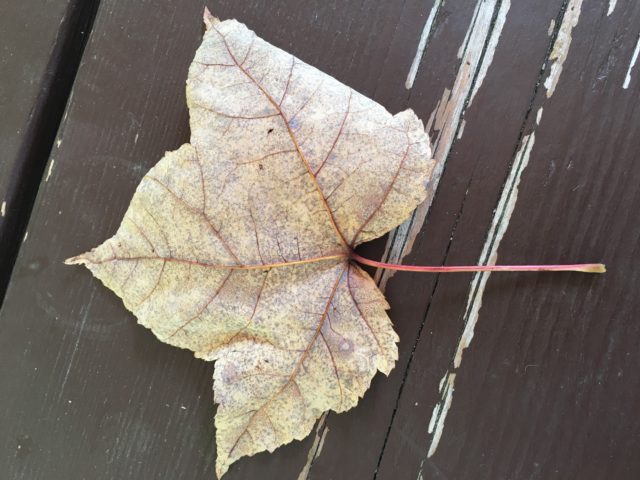
The oaks are often taller than they are wide and are ‘lobed’, going out and in as waves or spikes. Their veins are different; there is one main vein going up the middle of the leaf with secondary veins branching out from each side.
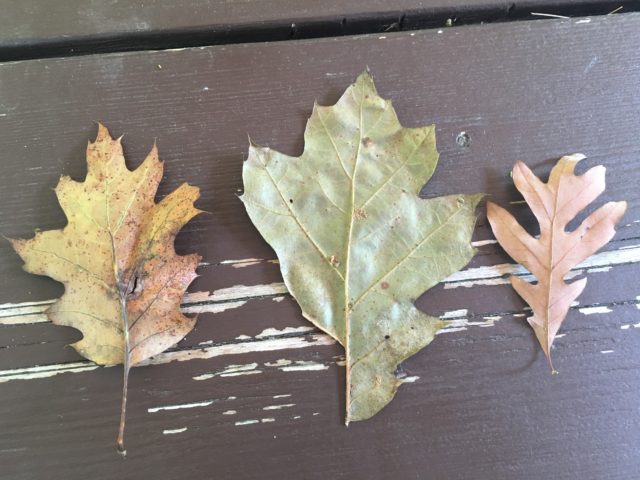
Then there are leaves that look like the ones you draw: simple and oval shaped. This is where it’s best to look online or for other clues. Birches can look a bit more pointed at the tip of the leaf or you can look for the peeling, lined bark ranging in color from white to shiny brown. Beeches have smooth bark and have pointy ends to their branches where new leaves are developing. Beeches keep their leaves all winter even though they aren’t producing energy so you may have a harder time finding these on the ground.
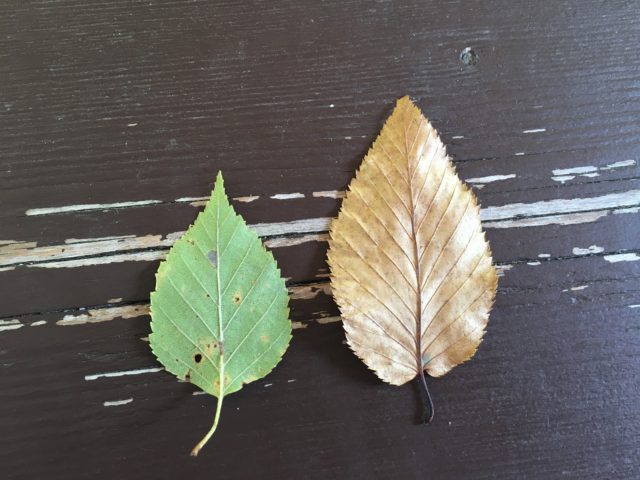
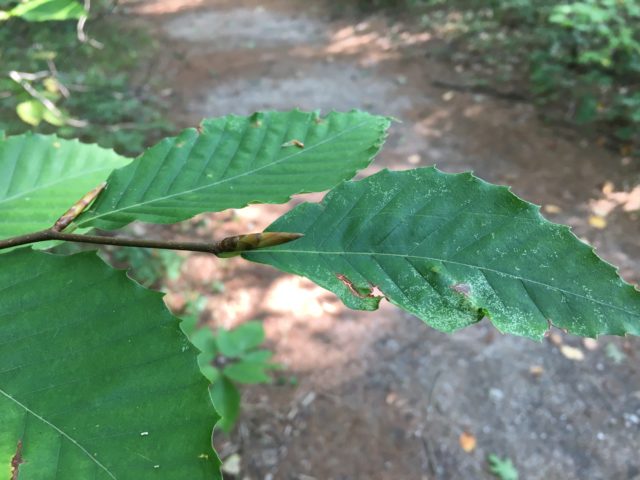
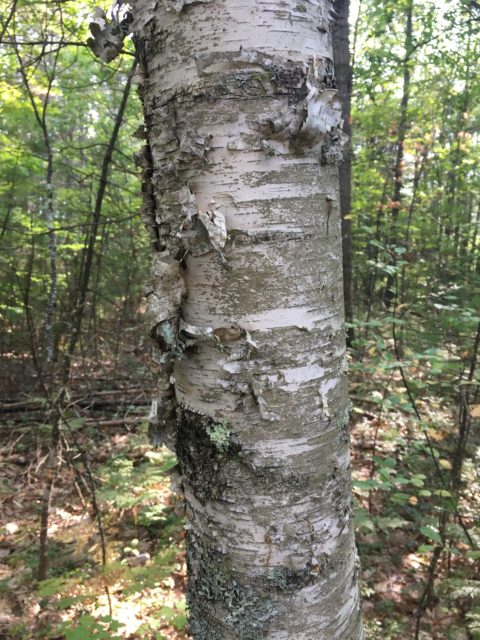
So, even though the fun of camping in the summer is over, Greenfield is still open until October 29, even as the staff, the plants, and animals are preparing for winter. Take advantage of the changing of the seasons and get creative! See you under the trees!

